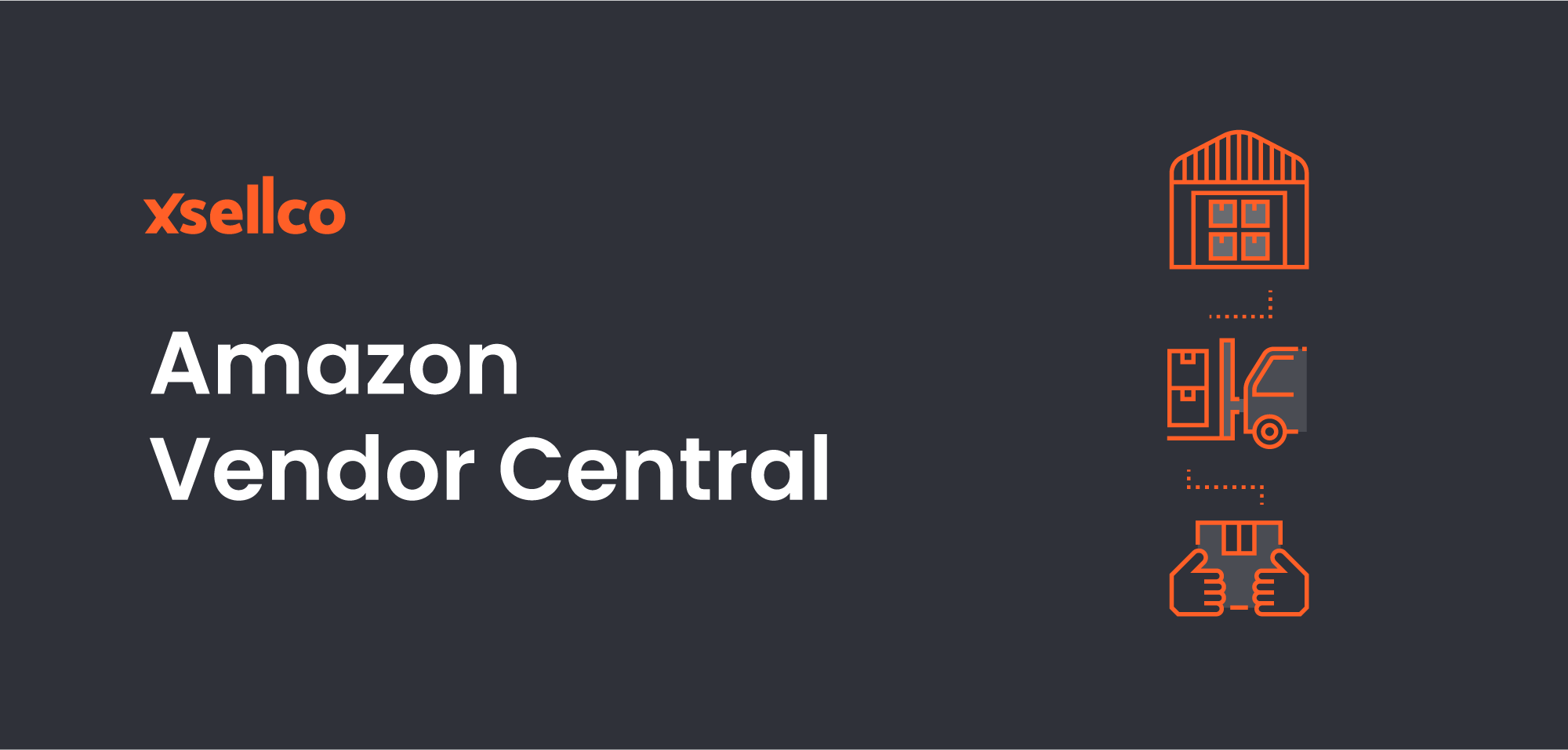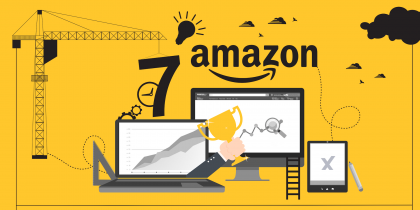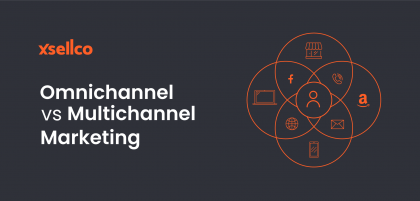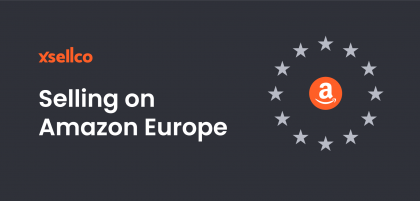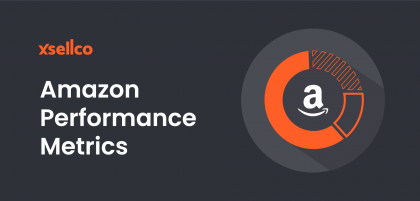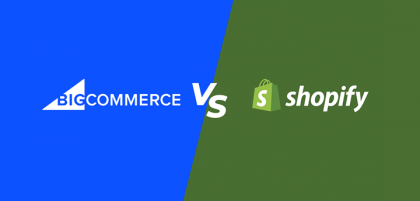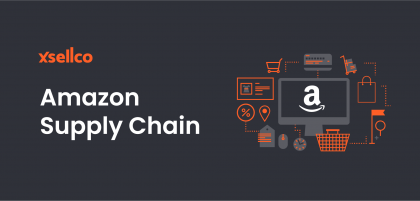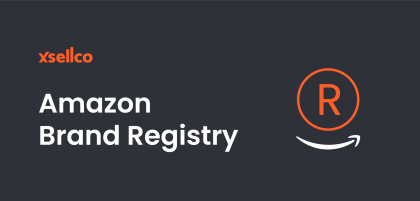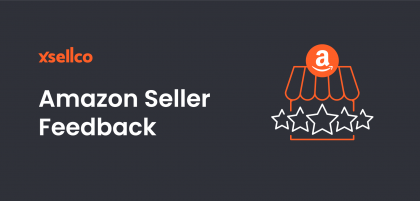Selling on Amazon can be a lucrative business once you get your strategy right, but being a third-party (3P) seller isn’t the only way you can run a successful ecommerce business.
Did you know that you can actually sell products directly to Amazon who will then sell your products for you?
You may have seen products listed as: “In Stock, Shipped and Sold by amazon.com.”
This is known as first-party (1P) selling and is most often used by manufacturers and distributors. It’s a little known concept for small Amazon business sellers simply because there is some mystery as to how it all actually works.
Getting Amazon to sell your products sounds like the ultimate plan, doesn’t it? You will not have to deal with selling directly to customers any longer but still have access to a lucrative income stream.
And this strategy does exist. It’s called Amazon Vendor Central. It’s a portal which allows business to take place between you and Amazon.
What is Amazon Vendor Central?
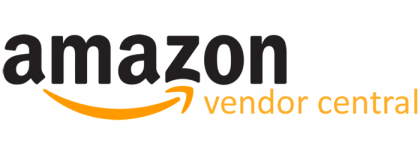
The reason Amazon Vendor Central flies under the radar is that it’s actually invite-only.
In basic terms, you supply Amazon, and they sell your products. You won’t get involved in the actual selling process beyond that. You simply become a supplier and will receive payment from Amazon each month – but on wholesale terms.
This whole process is controlled within Amazon Vendor Central, which is where you can check purchase orders, get product data and manage your account.
So, in theory, it sounds like an easy way to make money on Amazon without the hassle of dealing with sales yourself. In reality, it comes with challenges – particularly low prices, additional costs and a list of terms and conditions as long as your arm. It’s also important to note that you will still be responsible for listing your products and setting your wholesale price.
How Do You Get Into Amazon Vendor Central?
As mentioned, registration with Amazon Vendor Central is by invitation only. With new products being created all the time, Amazon has special Vendor recruitment teams working on uncovering new products and brands.
It’s not unusual for some Amazon sellers to attempt to catch Amazon’s eye by generating massive demand for their products as they try to entice Amazon to buy their products in bulk.
But how likely is it you might receive an invitation to become an Amazon Vendor?
Well, Amazon sends Vendor Central invitations to:
- Marketplace sellers doing well with their own branded products
- Existing brands that have strong demand
- Exhibitors seen at trade fairs that have attractive products
Unfortunately, this is Amazon you’re dealing with and should you receive an invitation, don’t expect to be able to enter into hard negotiations.
Accept or decline are pretty much the only routes unless you are a vast, influential brand. Once you have set your wholesale price, if Amazon are not prepared to pay, they will email you asking for a reduction. You can see exactly the price that Amazon is looking for within Amazon Vendor Central.
You can then either:
- Match the price that Amazon wants
- Lower your price a little
- Mark your stock as unavailable
Amazon is quite aggressive on pricing, and you may decide not to use Vendor Central, rather than sell to Amazon at a low price.
Related: Amazon Pricing Strategies
What Happens Inside the Amazon Vendor Central Hub?
Just like the Amazon Seller Central Hub (which we will compare later), there are many features provided within Amazon Vendor Central.
It’s the principal place where the following features are accessed:
- You’ll receive purchase orders from Amazon here so that you can supply your product to them.
- You can provide up to date shipment information.
- Your product information will live here. You’ll upload images, costs and other information about your product.
- You’ll be able to access the merchandising, marketing and advertising console for managing ad campaigns.
- Reporting is available.
- You’ll be able to view your invoices and remittances.
Once you’re up and running, you’ll need to be patient as Amazon’s automated system will look at your sales history and then base an order on demand.
You’ll receive a purchase order from Amazon weekly as Amazon prefers to order in small quantities and stock up often. As momentum builds the frequency and size of orders from Amazon will increase.
How Much Does Amazon Vendor Central Cost?
Cost? Whoa! You may not be expecting there to be a cost with this option. After all, you are the supplier to Amazon – surely, they should be paying you?
Well, it’s not quite that simple.
As an Amazon Vendor, you will have to pay fees (referred to as allowances) when Amazon offers you:
- Marketing campaigns. These fees are known as Marketing Development Funds (MDF)
- To use their internal customer support
- Damage allowances (usually 2-3%)
- To access their Premium Vendor Services ($30K per year)
You should also take into account the following costs:
- Shipping cost to send your inventory to Amazon’s fulfilment centers (typically known as Freight Allowance)
- International return shipping costs
- International shipping costs
- Conversion costs associated with being paid in your own currency
- Taxes and duties
- Translation costs for your listings
- Of course, all these fees and terms and conditions will be set out in your contract, and the contract is reviewed annually – but you must make sure you read the small print
How is Amazon Vendor Central Different to Amazon Seller Central?
This is a tricky question because a complex answer is required. The two options are hard to compare because to start with Amazon Vendor Central is by invitation only, so if you’re not invited, you won’t even get the opportunity to see which option might work best for your business.
Seller Central is, of course, open to everyone. However, if you are in receipt of an invitation to join Amazon Vendor Central you will need to weigh up which program you should choose, and this will depend somewhat on how you have positioned your brand in the market.
1. Amazon Vendor Central vs Amazon Seller Central: The Basic Differences
Amazon Vendor Central means you are a first-party seller (1P): You will supply your products to Amazon in bulk, and Amazon will sell them under its brand name.
It’s by invitation only which makes it exclusive and much-coveted!
Amazon Seller Central means you are a third-party seller (3P): you will sell your products yourself as a Merchant Fulfilled seller or Fulfilment by Amazon seller.
Anyone can join the program.
2. Amazon Vendor Central vs Amazon Seller Central: Pricing
As an Amazon Vendor, you can’t set your product prices although Amazon does state that it will honour any Minimum Advertised Price (MAP) request.
The wholesale price you sell your products to Amazon for is likely to be low.
Within Amazon Seller Central, you are in total control of your pricing all the time and can revise your offers whenever you wish or automatically using repricing software.
3. Amazon Vendor Central vs Amazon Seller Central: Costs
As mentioned earlier, Amazon will negotiate hard to bring its cost down as low as possible so that they create a significant profit margin. Just because you are a supplier to Amazon doesn’t mean you won’t have fees to pay either.
Over in Seller Central, you’ll simply pay a monthly rate of $39.99 along with a fee of between 8-20% when your product sells. With FBA you will pay a little more.
Ultimately, what this means is that your profit margin as an Amazon Vendor will be lower than if you are a third-party seller through Amazon Seller Central.
4. Amazon Vendor Central vs Amazon Seller Central: Stock Availability
As an Amazon Vendor, you may suddenly find, without warning that your product is no longer stocked. Amazon decides what and when it sells so you have no control over this.
With Seller Central, you have much better control over your inventory, even if it’s stored in an Amazon warehouse and being fulfilled through FBA.
5. Amazon Vendor Central vs Amazon Seller Central: Payments
Amazon’s payment terms to you as an Amazon Vendor are 30, 60 or 90 days which could cause you cash-flow problems. You should also note that if you have 30-day terms, Amazon gives themselves a cheeky 2% discount.
Amazon Seller Central makes payments every 7-14 days minus sales commission and fees giving you faster, more regular payments.
6. Amazon Vendor Central Vs Amazon Seller Central: Customer Service
Amazon Vendor Central does offer excellent customer support, including any problems associated with counterfeit products and fraud.
Seller Central partners receive customer service through FBA (Fulfilment by Amazon); however, you are still responsible for dealing with any counterfeit and fraud issues.
7. Amazon Vendor Central Vs Amazon Seller Central: Selling Internationally
Amazon Vendor Central partners can only sell on Amazon.com. If you wish to sell on Amazon Canada or Mexico, you can sign up for a unified North American account to sell your items across the border. Other than that, there are no further options.
Amazon Seller Central makes expanding to foreign markets far easier and can be implemented through your Amazon account.
Related: Selling on Amazon Europe: Is It Worth It?
Summary
It appears that Amazon Vendor Central doesn’t come out too well in this comparison. You may wonder what’s so special about receiving an invitation to become part of the program, particularly when you may lose your brand control and will be required to stick to very rigid guidelines and rules.
Well, there is one perceived bonus to becoming an Amazon Vendor, and that is the belief that they will sell more products than you can alone.
Let’s look at the argument for this.
Shoppers do prefer to buy from a trusted source, so yes, Amazon may have an advantage over other sellers. It’s also easier for Amazon to win the Buy Box as they control it!
As an Amazon Vendor, you will automatically receive the Prime badge which is a huge plus. Shoppers will look for Prime products and have trust in the Prime service.
However, once they spot the Prime badge, they become far less concerned about the seller. This is because they are wise to the fact that they are protected by Amazon whether the actual seller is Amazon or not.
So, there may be some positive effect on sales, but not necessarily the considerable influx you might envisage. Don’t forget that Amazon buys from vendors little and often and could also very easily go out of stock.
FAQs
If you receive an invitation to Amazon Vendor Central, can you decline?
Yes, of course, and it won’t affect your Seller Central account unless you are a manufacturer or distributor who already sells to other retailers or distributors in bulk.
Can you use Amazon Vendor Central and Amazon Seller Central together?
This is possible, but you should put a strategy in place so that you place the correct products within the proper program.
Who sets up the Amazon listings in Amazon Vendor Central?
You, as the seller, will be responsible for this. You’ll also need to provide all product data to Amazon.
Who takes care of shipping orders?
Amazon ships all the orders to its customers.
Can I use Sponsored Ads to promote my products?
Yes, sponsored product ads and sponsored brand ads are both available. It’s worth noting that as an Amazon Vendor you do not need to be enrolled in Brand Registry whereas Amazon Seller Central sellers do.
Final Thoughts
Amazon Vendor Central and Amazon Seller Central are worlds apart simply because they serve two very different purposes. The only real similarity is that with both programs, your product listings appear on Amazon.
You may find success with one or the other, but you must think about the way you want to do business as well as the benefits to each program.
If you are a manufacturer or distributor, then, of course, Amazon Vendor Central makes perfect sense, but if you are a small retailer Amazon Seller Central will be the route to take.
Thousands of online retailers rely on xSellco’s ecommerce customer service helpdesk, intelligent feedback software and instant multichannel repricer.
